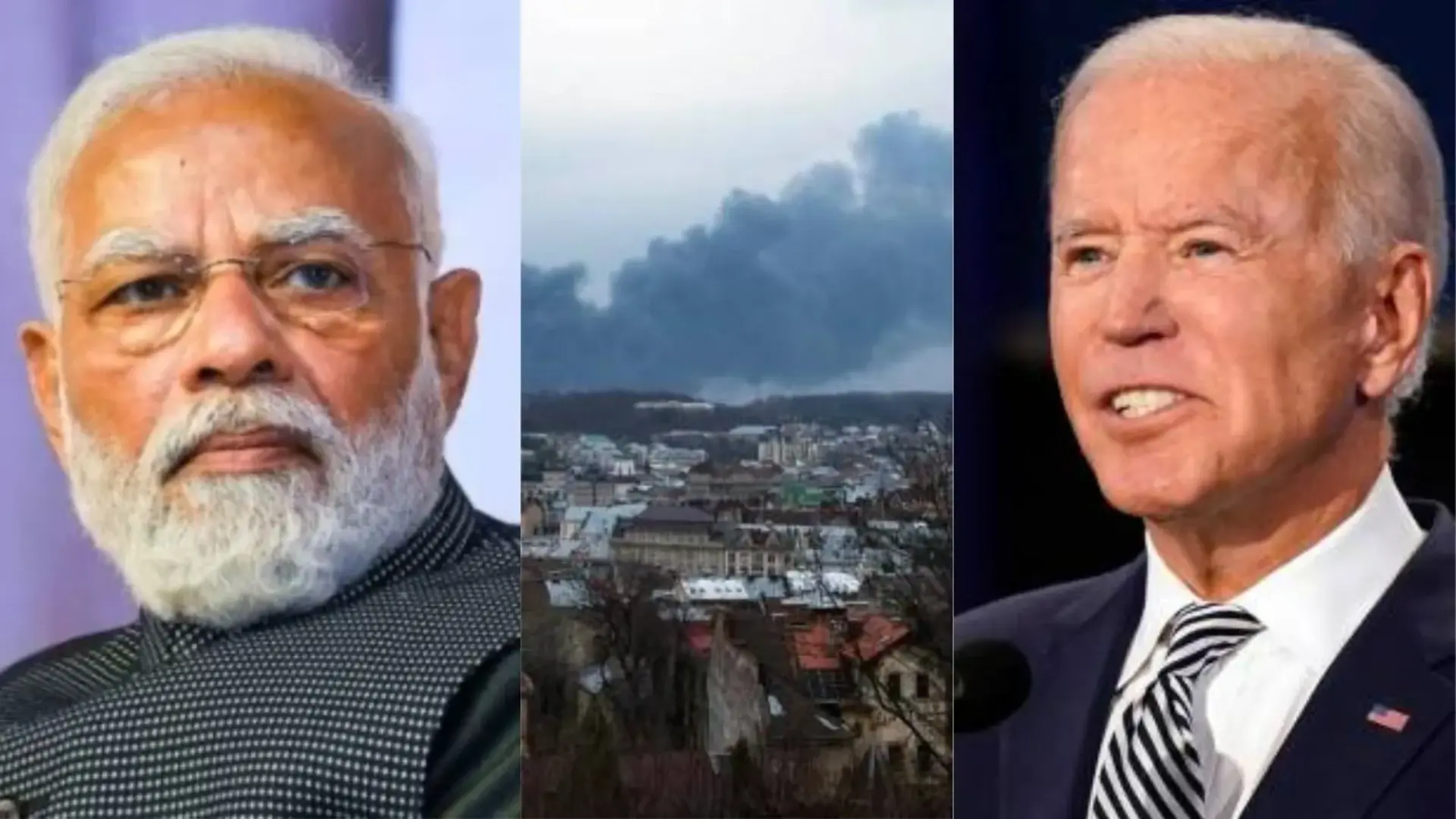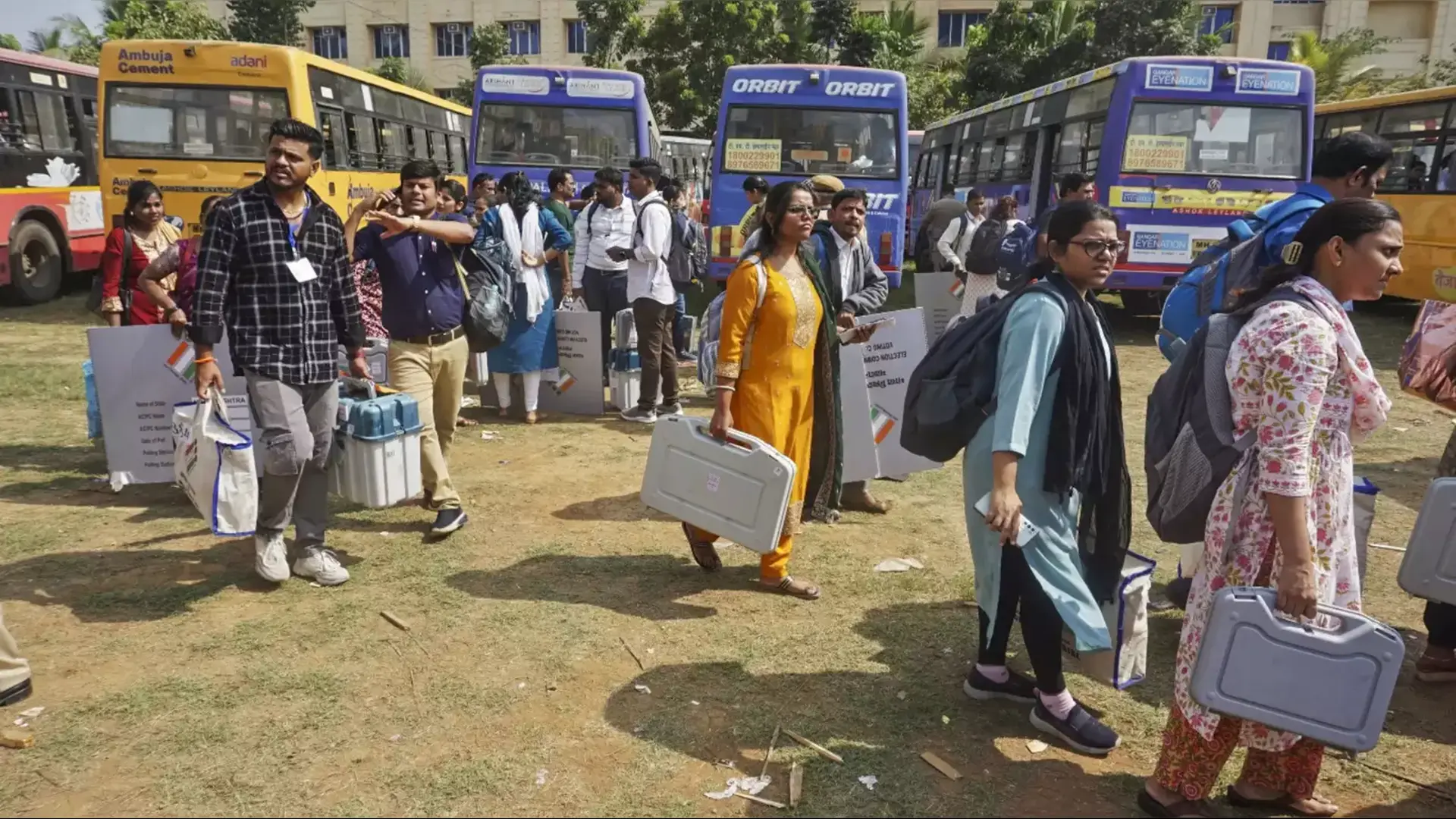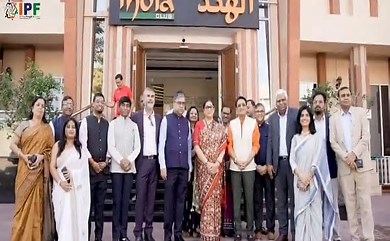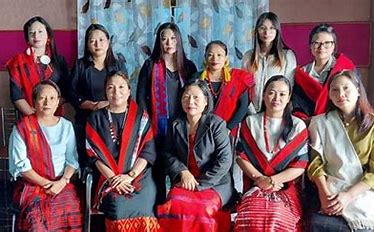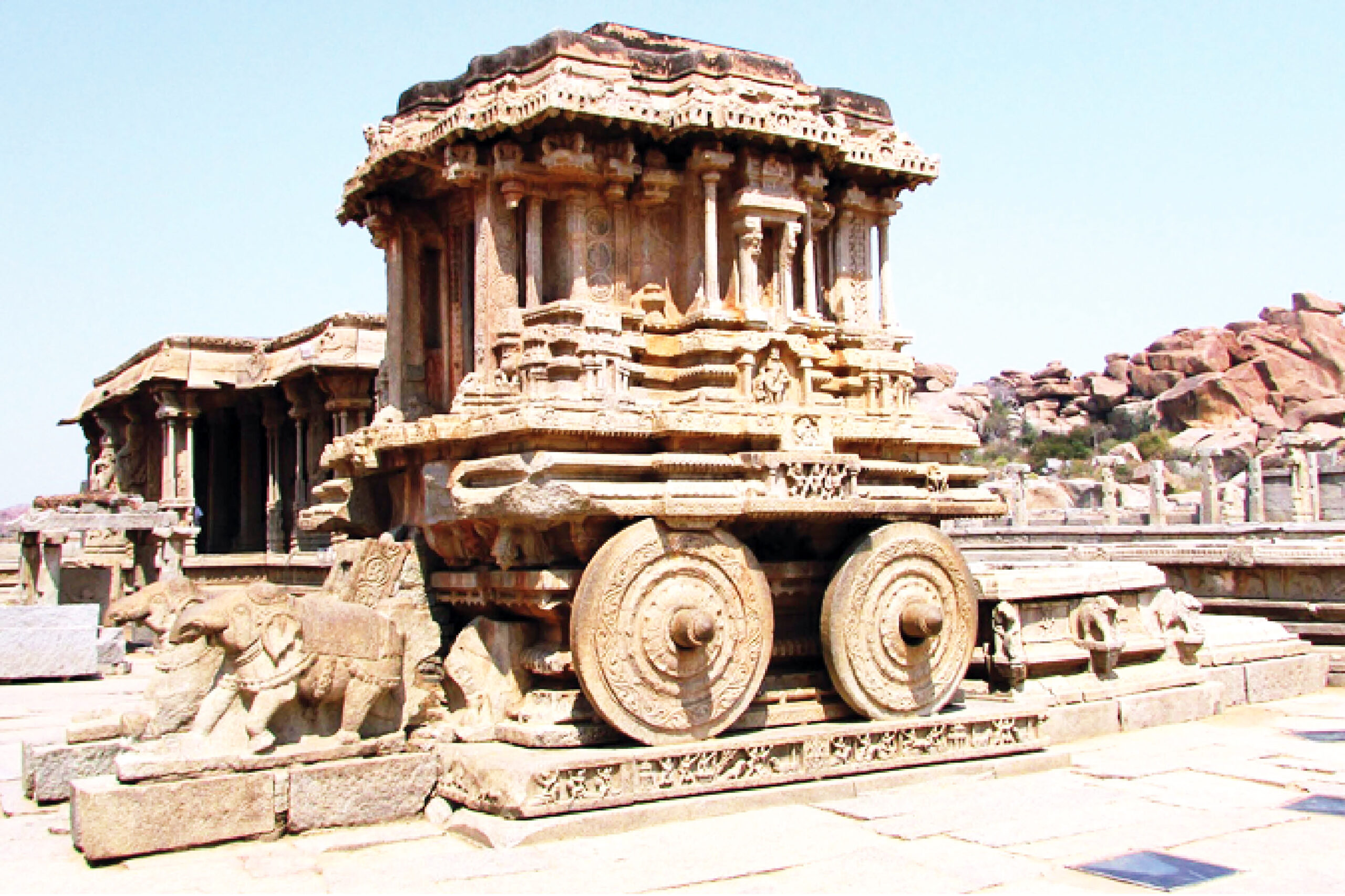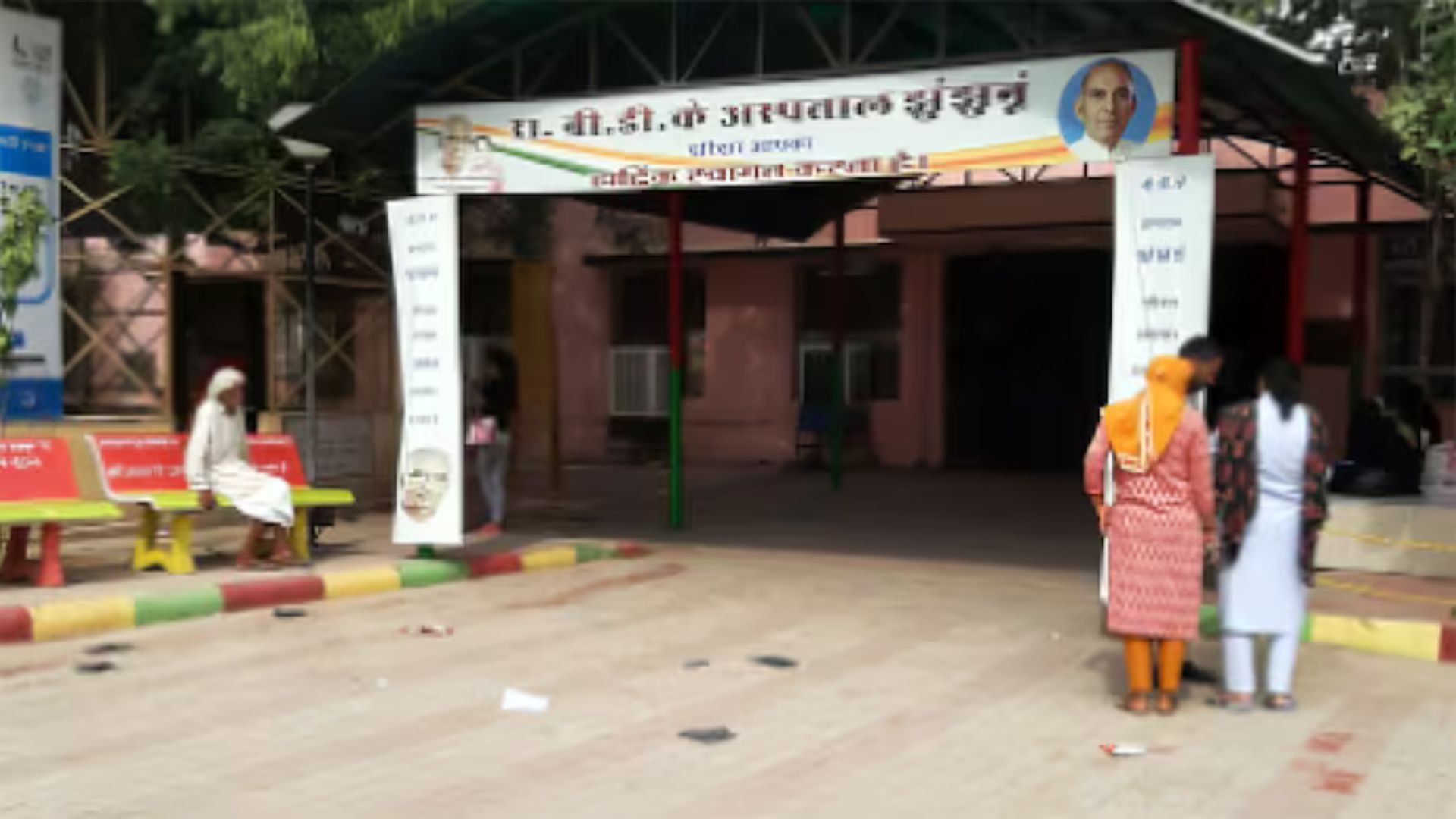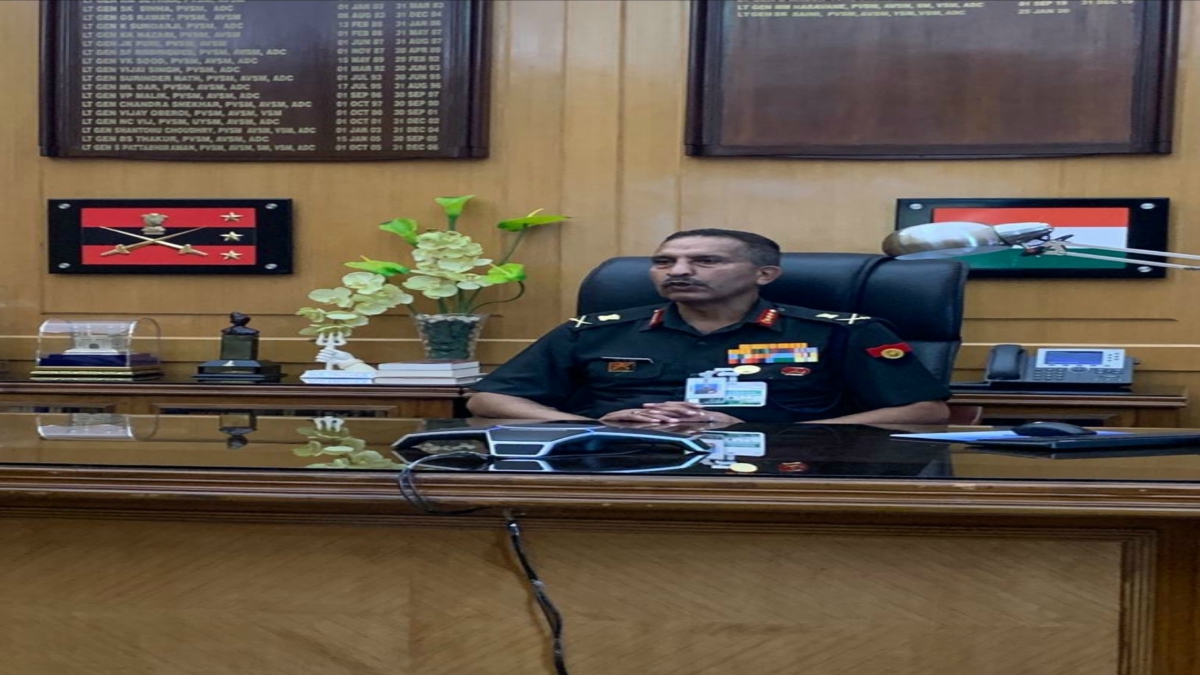
The Centre for Joint Warf are Studies (CENJOWS) organised a webinar on the subject ‘Force Protection India 2020’ earlier this week with the objective to get the defence forces, Indian industry, scientists and entrepreneurs onto a common platform in order to understand the requirements of the defence forces for force protection and help find solutions to it. Lieutenant General S.K. Saini, the Vice Chief of Army Staff(VCOAS), gave the inaugural address at the webinar.
The Vice Chief in the inaugural address said, “Force Protection” simply means protection of all military assets which can be utilised to impose the will of a nation against an enemy. The vastness of the subject can be gauged from the fact that it covers aspects ranging from the physical security of a soldier to protection of critical and sensitive military assets and infrastructure against wide-ranging threats. Use of helmets, body armour and fortifications are all testimony to this fact. The VCOAS reiterated that the character of warfare is undergoing a rapid change. The lethality and intensity powered by the latest technologies, the blurring of lines between friends and foes, combatants and civilians — makes it imperative for militaries to adapt to safeguard themselves and succeed in operations. Force Protection, therefore, needs to be addressed with a fresh approach.
Emphasising on the need to find solutions for force protection, Lt Gen Saini further explained, “While we are well on our way towards modernising and honing our war waging capabilities, protection of our assets is going to be a daunting task. It is a fact that forces and the resources which survive the enemy onslaught, both during peace and war are the ones which will live to fight another day.”
Explaining the key aspects to force protection that need to be considered before coming up with solutions, Lt Gen Saini listed out the following:
1) First, ensuring survivability while retaining the freedom of action to facilitate functioning without impairing operating efficiency.
2) Second, the economy of resources in terms of cost, effort and time must be assessed against threat manifestation and neutralisation.
3) Third, while it is difficult to make a ‘one size fits all’ solution, they, however, must be able to quickly adapt to the changing and evolving threats.
4) Fourth, technology and innovation should be the cornerstone of all solutions to enable us to stay ahead of the curve.
5) Fifth, robustness and ruggedness for solutions designed to withstand the vagaries of weather, terrain and time are of prime importance.
6) Sixth, convenience and practicality must be factored in to ensure success. The Vice Chief explained that there are a few concerns which need to be understood by all. The primary element of Force Protection is of course Individual Protection. Towards this effort the Indian Army has evolved considerably in terms of modern arms, ammunition, protection, kitting and clothing. However, there is still much scope for innovation. There is a requirement to focus on night-vision goggles, combat helmets, bulletproof jackets, light portable communication sets and many more. The list is endless. However, what must be kept in mind is the overarching consideration of a fully-kitted soldier operating with reasonable loads in all types of terrain. Therefore, we must look beyond the mundane and actually work on fully networked bodies of troops carrying out operations in all types of weather and all-terrain.
Security of Defence Establishments and vital installations is another key area where we have focused our efforts in the past few years, as these present lucrative and high profile targets. Though the industry has stepped up to the challenge, the solutions provided, however, lack innovation and integration. The effort in this field must be to ensure a reduction in manpower commitment by integrating physical and electronic surveillance and incorporating automation and innovation in Perimeter Fencing, Intrusion Detection Systems etc. The IEDs represent another threat that is here to stay. This threat seems to be gaining traction as a favoured tool for Terrorists and Anti National Elements. The threat is sophisticated and can be used while avoiding direct contact. It ends up causing both physical and psychological trauma and seriously impairs own readiness, by forcing us to commit scarce resources for own protection. Technological Innovation is key to combating this threat. A combination of Robotics, Artificial intelligence and Big Data Analysis could provide a possible answer.
Special Clothing and Mountaineering Equipment is another aspect which needs to be highlighted. A large number of our troops are deployed in Super High Altitude Areas where the temperature touches -50 Degrees Celsius. However, we are still importing coldweather equipment, mainly due to the lack of viable indigenous solutions. A collaborative effort needs to be put in this field to fulfil our vision of Aatmanirbhar Bharat.
At the end, Among other threats, drones and UAVs stand out in their innovative employment and destructive potential. Considering their low cost, multi-use and dense proliferation, the threat will no doubt increase manifold in the years to come. In this context, third dimension threats may take precedence in the near future, for which we need to plan now. Both hard kill and soft kill counter-drone solutions including swarm technology are the need of the hour. The Indian Army is always assessing better solutions for Force Protection for its men and assets. Our deployment footprint extends across the length and breadth of the country and across varying terrains. The sheer magnitude of our requirements presents a golden opportunity to the industry, scientists and entrepreneurs, the Vice Chief concluded.
